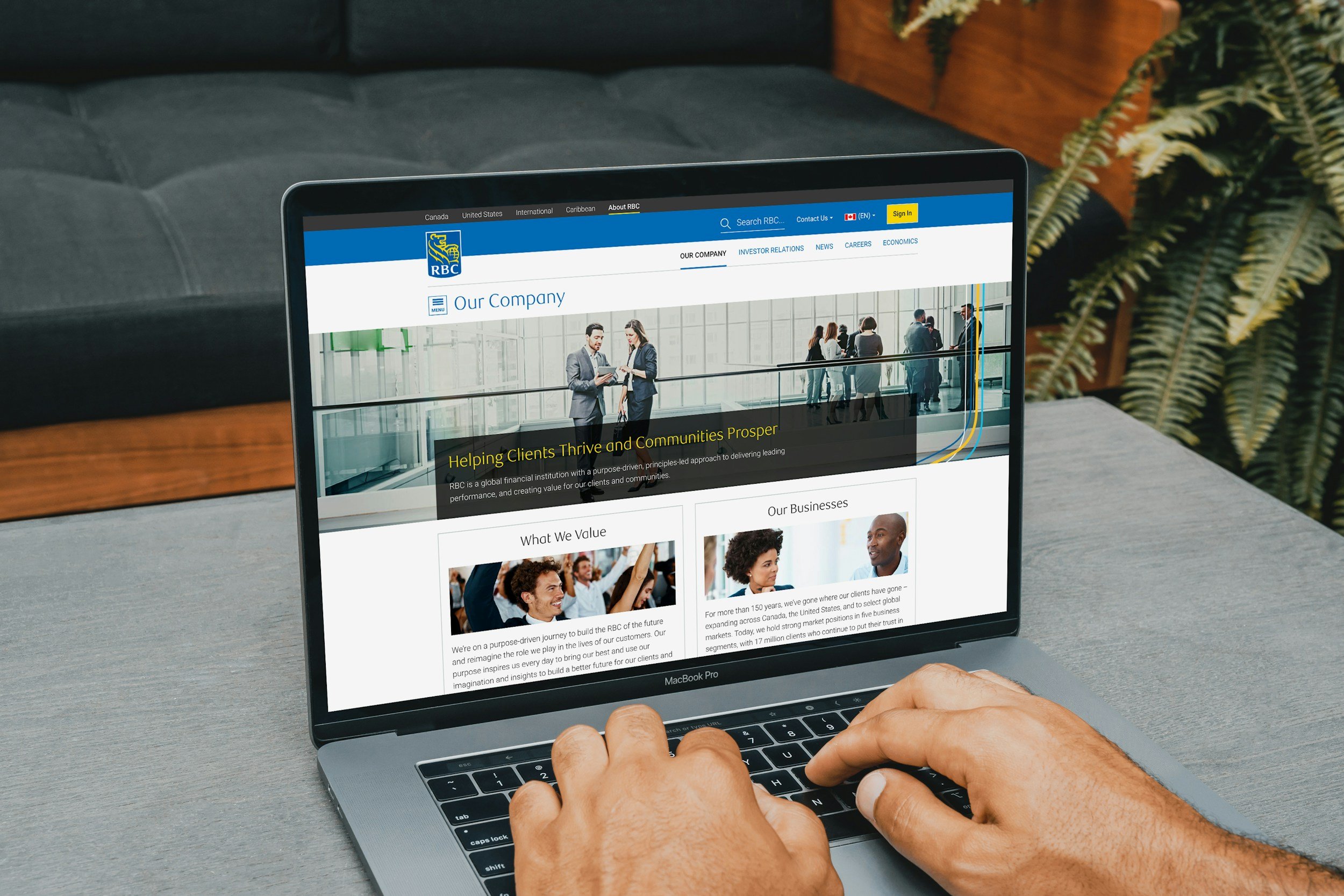
Insurance Services – Enterprise Business Transformation
An Introduction To Our Insurance Services Platform
Modus Business Transformation Core Modules
Building, Driving and Sustaining your Business Transformation and embedding a 'Transformation As Usual' platform.

01 - Business Model Management - Manage and Adapt
Embrace the Business Model Management Hub to navigate and thrive in the ever-evolving business landscape with confidence and clarity.
Key Features & Importance:
Customer-Centric Approach: Modern insurance models focus on understanding customer needs through personalized products, real-time support, and customized policies that match life stages or specific risks.
Risk Management and Assessment: Effective risk evaluation tools, predictive modeling, and data analytics are central to managing and pricing risks accurately in insurance products.
Digital Transformation: Insurance business models incorporate digital tools, AI, machine learning, and data analytics for claims processing, underwriting, customer service, and fraud detection.
Adaptability to Market Changes: With increased competition, changing regulations, and technological advancements, insurers need robust business model management to stay relevant.
Customer Retention and Acquisition: A well-managed business model prioritizes customer engagement and retention by providing personalized services, better experiences, and quicker claims resolutions.
Operational Efficiency: Streamlining processes such as underwriting, claims handling, and customer service through automation and data-driven decision-making reduces costs and increases profitability.
Benefits:
Increased Profitability: Streamlined operations, efficient risk management, and personalized products improve profit margins by reducing operational costs and minimizing risk-related losses.
Enhanced Customer Experience: Digital transformation leads to faster claims processing, responsive customer service, and products that better meet individual needs, improving customer loyalty and satisfaction.
Scalability and Growth: With scalable business models, insurers can expand into new markets, introduce innovative product lines, and leverage partnerships to drive growth.
02 - The Value Chain Modeler - Manage and Adapt
Harness the power of the Value Chain Modeler to drive your business forward with clarity, precision, and confidence.
Benefits:
Operational Efficiency: By streamlining workflows and reducing process bottlenecks, the value chain modeler helps reduce costs, speed up processes, and improve overall operational efficiency.
Enhanced Customer Experience: By visualizing customer interactions across the value chain, insurers can enhance customer service, reduce claims processing times, and create personalized products that meet customer demands.
Faster Time-to-Market: The ability to model and test new products and services ensures that insurers can respond to market changes more quickly and bring new offerings to market faster.
Key Features & Benefits:
End-to-End Process Visualization: The Value Chain Modeler provides a comprehensive view of the entire insurance value chain, from product development and underwriting to claims processing and customer service.
Data Integration: It integrates various data points across different functions (e.g., actuarial, claims, customer data) to create a unified, real-time view of operations, enabling better decision-making.
Risk and Compliance Management: The modeler helps track and map compliance requirements and risks at every stage of the value chain, ensuring adherence to regulatory standards.
Digital Transformation Enablement: It facilitates the integration of digital technologies such as AI, IoT, and machine learning into traditional insurance processes like underwriting, claims, and policy administration
Importance:
Streamlined Operations: By visualizing and managing every component of the value chain, insurers can identify inefficiencies, eliminate redundancies, and streamline operations for greater productivity.
Improved Risk Management: Mapping risks and bottlenecks at each stage of the value chain enables insurers to take proactive measures, improving their ability to mitigate financial, operational, and regulatory risks.
Data-Driven Decision Making: By integrating real-time data across departments, the value chain modeler allows insurers to make informed, data-driven decisions regarding product pricing, customer targeting, and claims management.

03- The Operating Model - Organize and Sustain
Utilize the Operating Model to keep your business operations organized, efficient, and adaptable, ensuring long-term success and growth.
Key Features & Importance:
Strategic Alignment: The operating model connects the overall business strategy to day-to-day operations, ensuring that every function (underwriting, claims, sales, etc.) aligns with the insurer's goals and regulatory requirements.
Core Functions Framework: It structures key operational areas such as underwriting, policy administration, claims management, customer service, and distribution channels, outlining how these areas interact and support each other.
Digital Integration: A modern insurance operating model incorporates digital tools like automation, AI, and data analytics into core processes, enhancing customer interactions, risk assessment, and operational efficiency.
Operational Efficiency: A clear and well-structured operating model helps insurers streamline processes, reducing complexity and eliminating inefficiencies, which leads to better use of resources and cost reductions.
Strategic Execution: The operating model ensures that the company’s strategic vision, such as becoming more customer-centric or digitally transformed, is translated into actionable steps within day-to-day operations.
Regulatory Compliance: As regulations in the insurance industry evolve, the operating model ensures that compliance processes are embedded in all operations, reducing the risk of non-compliance and penalties.
Benefits:
Improved Profitability: Streamlining operations and optimizing resource allocation helps reduce operational costs, minimize waste, and increase profit margins across the insurance business.
Enhanced Customer Experience: A customer-centric operating model ensures quicker claims processing, personalized service, and efficient policy management, resulting in higher customer satisfaction and loyalty.
Faster Decision-Making: By integrating data analytics and real-time reporting into the operating model, insurers can make faster, data-driven decisions regarding underwriting, pricing, and claims management.
04 - The Transformation Assets and Portfolio Module - Discover and Transform
Leverage the Transformation Assets and Portfolio Module to drive successful and sustainable business transformations with clarity and efficiency.
Importance:
Strategic Alignment: Ensures that all transformation projects are aligned with the overall business strategy, allowing organizations to prioritize efforts that contribute directly to strategic objectives.
Holistic Transformation Management: By integrating all transformation projects under one portfolio, the module offers a holistic view of the organization's transformation efforts, helping management make informed, strategic decisions.
Efficiency and Consistency: With standardized tools, methodologies, and templates, the module ensures consistency across transformation projects, leading to improved efficiency and smoother execution.
Benefits:
Improved Decision-Making: The real-time visibility into all transformation initiatives enables leaders to make informed, data-driven decisions, optimizing portfolio performance and aligning efforts with strategic priorities.
Increased Efficiency: By centralizing transformation assets and streamlining resource allocation, organizations can reduce redundancies, speed up project delivery, and lower operational costs.
Enhanced Collaboration: The module fosters cross-departmental collaboration by providing a unified platform where stakeholders can share insights, tools, and updates, leading to improved communication and coordination.
Key Features:
Centralized Asset Repository: The module stores all transformation-related tools, templates, methodologies, and frameworks in a single, accessible location, ensuring consistency and efficiency across transformation initiatives.
Portfolio Management Dashboard: Provides a real-time overview of all ongoing transformation projects, tracking progress, resource allocation, milestones, and key performance indicators (KPIs) across the portfolio.
Template and Methodology Standardization: Offers out-of-the-box transformation methods, templates, and frameworks for tasks such as project planning, risk management, and change management, ensuring a structured approach.
Scenario Planning and Simulation: Supports "what-if" analysis and scenario modeling to help organizations assess the impact of different strategic decisions on their transformation portfolio.

05 - Organizational Change Management - Unite and Thrive
Utilize the Organizational Change Management module to unite your team and thrive through effective, sustainable change.
Key Features & Benefits:
Change Impact Assessment: OCM in insurance includes tools to assess how changes—such as new regulations, technologies, or products—will impact different functions (e.g., underwriting, claims, customer service) and employees within the organization.
Stakeholder Engagement: Ensures that key stakeholders, including employees, agents, customers, and regulatory bodies, are actively involved and informed throughout the change process.
Communication and Training Plans: Develops structured communication strategies to keep all parties informed about upcoming changes and comprehensive training programs to equip employees with the necessary skills to adapt to new processes and systems.
Smooth Implementation of Changes: The insurance industry faces constant regulatory updates, technological shifts, and evolving customer expectations. OCM ensures that these changes are implemented smoothly and without disruption to core operations. Adaptation to Technological Disruptions: With the rise of digital tools like AI, automation, and data analytics, OCM helps insurers transition to new technologies while minimizing resistance and ensuring employees are well- equipped to handle new systems.
Regulatory Compliance: Regulatory changes in insurance, such as data protection laws and solvency regulations, require organizations to adapt quickly. OCM helps ensure these changes are integrated without compliance breaches.
Importance:
Increased Agility: OCM enables insurance companies to respond faster and more effectively to market changes, regulatory demands, and customer needs, allowing them to stay competitive.
Reduced Resistance to Change: By actively managing employee concerns and creating clear communication channels, OCM reduces resistance to change and fosters a culture that embraces innovation.
Improved Regulatory Compliance: OCM ensures that regulatory changes are incorporated into business processes without disrupting daily operations, reducing the risk of fines or legal issues.
06 - Engagement Hub - Share and Guide
Utilize the Engagement Hub to streamline your communication, enhance team collaboration, and guide your organization through successful transformations.
Benefits:
Increased Efficiency: Centralized communication and self-service features reduce administrative burdens, freeing up resources for higher-value tasks like customer service or strategic planning.
Better Decision-Making: With access to real-time data, teams can make informed, timely decisions that enhance customer service, optimize claims handling, and improve underwriting accuracy.
Enhanced Customer Engagement: Providing customers with easy access to their policies, claims, and support increases their satisfaction and engagement, fostering loyalty and retention.
Key Features:
Centralized Communication Platform: The Engagement Hub provides a unified space where all stakeholders—employees, agents, policyholders, and partners—can communicate, share updates, and access critical information.
Real-Time Collaboration: Enables seamless collaboration between different departments (claims, underwriting, sales) and external partners (brokers, reinsurers) in real-time, improving responsiveness and decision-making.
Customizable Dashboards: Offers personalized dashboards that deliver role-specific insights, such as customer service performance, claims processing times, or policy updates, tailored to each user’s needs.
Importance:
Enhanced Stakeholder Communication: In the insurance industry, involving multiple stakeholders (customers, brokers, agents, partners) can be complex.
The Engagement Hub centralizes communication, ensuring clarity and transparency.
Improved Customer Experience: By providing policyholders with direct access to their information and self-service tools, the hub helps streamline processes such as claims filing and policy updates, improving the overall customer experience.
Alignment Across Teams: Insurance operations often span multiple functions and geographies. The hub ensures that all teams—whether claims, underwriting, or sales—are aligned and working towards common goals with shared information.
-

Transformation As Usual Capability Model
-

Individual and Team Capability Development



